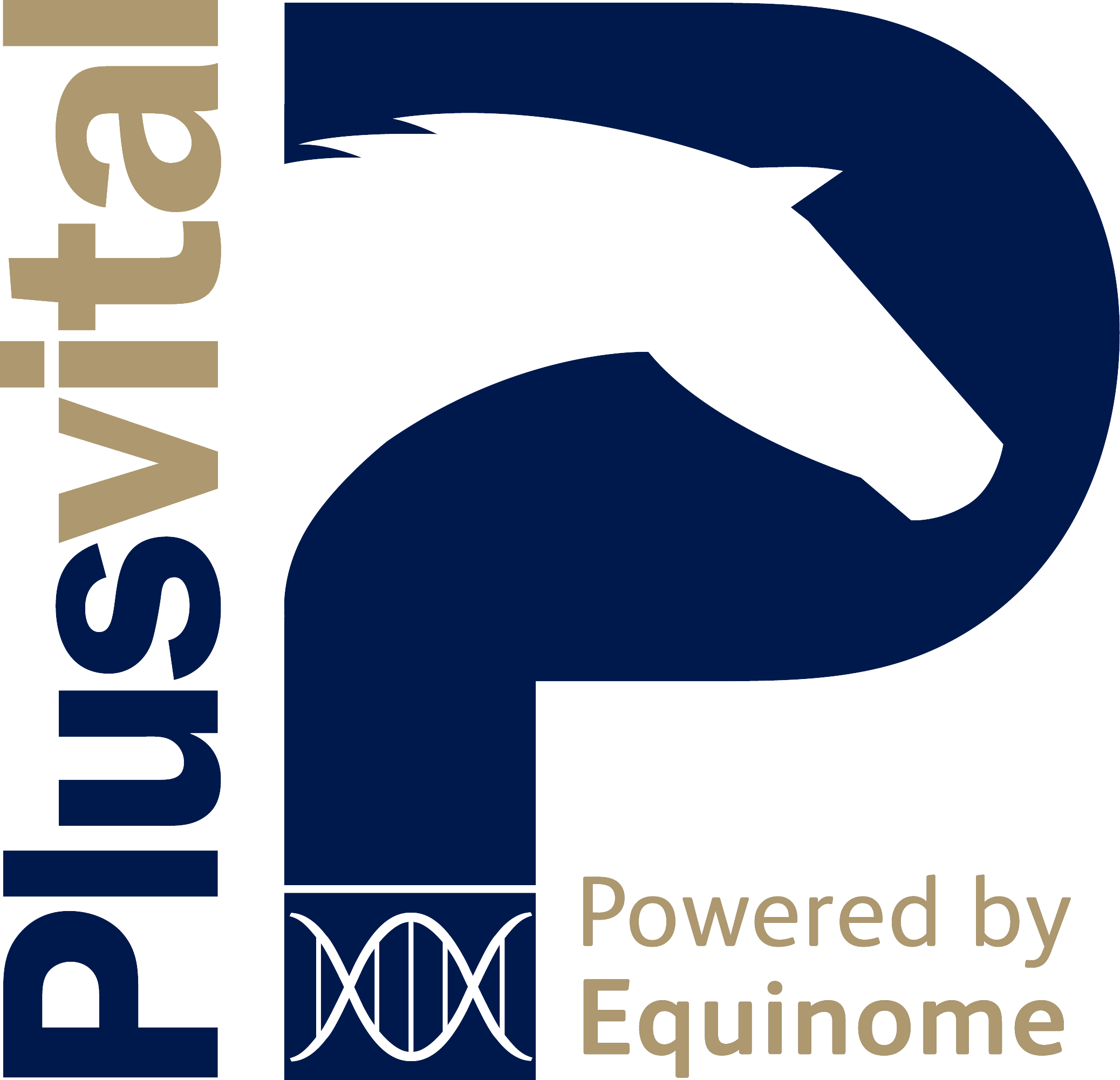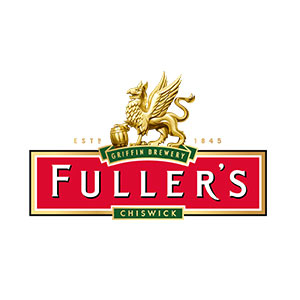America is the land of opportunity, yet despite that, Jump racing has only ever caught on in the United States, and even then, only in states bordering the eastern seaboard. Venture west or into the central states, and Jumping will be seen as “some quirky British thing”.
Yet, among the 26 courses staging steeplechasing and timber races in the US, there is a strong following and a young demographic that would look right at home in Cheltenham’s Arkle Bar. Race fixtures, largely run by non-profit organisations, are most often run for charitable purposes, and give the impression of a grown-up British Point-to-Point; I say grown-up, because prices can be spectacularly American and put the lie to British journalists who often say British racing is expensive.
The season divides into two halves, broken by mid-summer and mid-winter. The Spring season from April – June includes the Virginia Gold Cup and Iroquois Steeplechase in Nashville. Autumn sees a return to The Plains, VA, and the picturesque Callaway Gardens. The races combine traditional timber races, over impressively high solid timber rails, personified by the Maryland Hunt Cup, and hurdle races, over hurdles on which the original All-Weather hurdles were designed 20 years ago. The sport is managed by the National Steeplechase Association.
As you would expect, prizes are very American in this wealthy East Coast and old America set of states. Some of the purses would not look out of place at Cheltenham or Auteuil’s big meetings, whilst the fixtures combine the commercial elements of raceday hospitality with the very best of British Point-to-Points. Imagine Lockinge on Easter Monday or the Bedale where rural fashion brands jostle for position alongside the smartest automotive and watch brands then magnify this tenfold and you have US Jump racing.
Any self-respecting admirer of US Jump racing really has to start with the Maryland Hunt Cup. Sadly this year’s 134th running has fallen prey to you know what, but this unique race remains true to the origins of the sport on either side of the Pond. First run in May 1894, the race is over nearly 4m of galloping country, with 22 fences, none of which forgive a mistake. In several instances, the timber rails are nearly 5ft high. The one race over the course is only open to amateur riders – our own version of the Aintree Foxhunters. Jay Trump’s success in winning the 1966 renewal reinforced his supremacy back at home a year after his Aintree Grand National triumph, whilst Ben Nevis’s victories in 1977 and the following year laid the foundations for his Aintree assault in 1980. His rider, Charlie Fenwick, ranks among the most successful amateurs of his generation with no less than 5 successes in the race. It’s a gloriously uncommercial celebration of the art of steeplechasing and more than worth a visit.
America’s very own Grand National is the centrepiece of racing at Far Hills Racecourse in New Jersey. The waiting list for your $600 trackside marquee position (no tickets included) is harder than getting a box at Cheltenham. New Jersey’s finest make it their business to be seen on this most glamorous course. The track itself is quite flat, not unlike the old Hackwood Park, but with the autumn colours that are an American east coast trademark. Standard admission is $110.
The American Grand National is the commonly used name that superceded the Breeders Cup Steeplechase, won by Morley Street for Toby Balding in 1990. It’s been an unlikely benefit for British and Irish trainers these past two years, with Gordon Elliott’s Jury Duty winning in 2018, and Brain Power for Nicky Henderson and Nico de Boinville last year. Some 50,000 cram into Far Hills for this annual jamboree with a splendid prize fund of $300,000.
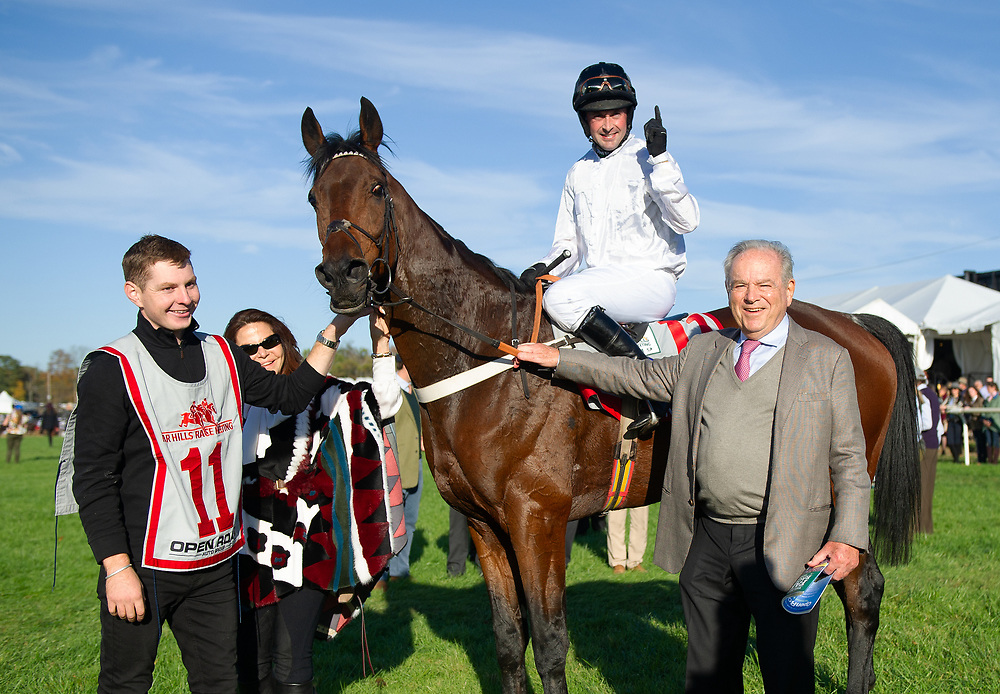
American chasers to have done well over here are like hen’s teeth. Yet this is not for want of trying. A vox pop of US trained horses among British or Irish racing fans would, at best, arrive at two names: Flatterer, second in the 1986 Champion Hurdle, and Lonesome Glory. Encouraging international competition has been at the heart of Cheltenham’s self-appointed role in developing the sport. And its first formal demonstration of that came about through the innovative Sport of Kings Hurdle Series, launched in 1988, which ran for 5 or more years. With three legs in the US autumn season, and additional legs at Cheltenham, Leopardstown and briefly at Chepstow, a bonus of $50,000 was offered to any horse winning on both sides of the Atlantic, and an improbable $1m for any horse capable of winning all legs. Race promoters struck gold in 1992 when Lonesome Glory, trained by Bruce Miller and ridden by daughter Blythe, paid his travel costs by winning what is now the Relkeel Hurdle at Cheltenham’s International meeting, securing the cross-Atlantic $50k bonus. Lonesome Glory was no slouch back at home either, racking up a Breeders’ Cup Steeplechase, 3 Colonial Cups, an Iroquois and a Carolina Cup to be voted American Steeplechaser of the Year.
Sadly the Sport of Kings Series ran out of puff, but trans-Atlantic competition was stimulated again in 2015 when a $500,000 bonus was offered for any winner of both the Stayers Hurdle and Iroquois Steeplechase. The lack of take-up sadly brought the end of this initiative 2 years later. Bridging the gap between the two continents in racing terms seems, at least for the present, to be largely insuperable.
British success in the opposite direction has been even thinner. Until 2018, you had to go back to Morley Street’s win in the Breeders’ Cup Steeplechase in 1990 for a winner of merit, although British trainers have been successful in sending precocious top-of-the-ground specialists to race in America. Martin Pipe’s Hopscotch being a notable example. Perhaps the Elliott and Henderson efforts will stimulate more Atlantic forays from a generally conservative training fraternity in the UK.
Down in the South, you can watch the Iroquois Steeplechase at Percy Warner Park in Nashville, Tennessee for the best of Southern drawls. The Iroquois is a headline race in the season, named not after the Six Nations confederacy that was largely based in Canada’s Quebec, but after the 1881 Epsom Derby winner, the first ever American bred winner of the ultimate blue riband. 25,000 come to watch the Iroquois each June, and the entry level admission is $75.
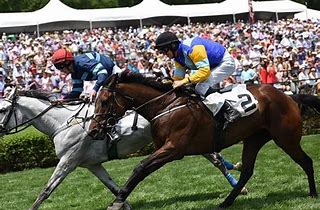
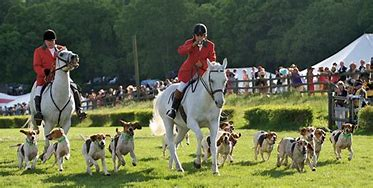
Also in the deep south is Stono Perry racetrack, which stages the stylish Charleston Steeplechase in mid-November. Whilst this might not be the finest of American jumps fixtures, Charleston has a reputation for fine Southern hospitality that is impossible to decline. Expect to stay a full weekend, of which the racing will be but a small part.
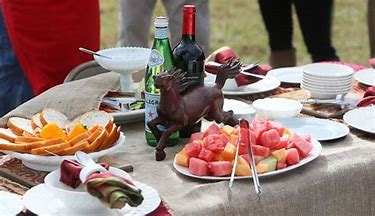
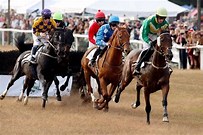
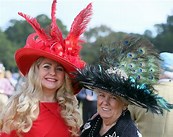
Although this is not a definitive list, no compendium of events to attend in the USA would be complete without mention of the Virginia Gold Cup. Virginia could fairly be described as the epicentre of US chasing’s 11 states that participate. The original distance of the race at 4 miles has been shortened but the purpose-built venue at Great Meadow reaches its 50,000 capacity in May each year for the Gold Cup, and a little less for the autumn equivalent – the International. If you want to see top flight US racing of the orthodox type, then look no further.
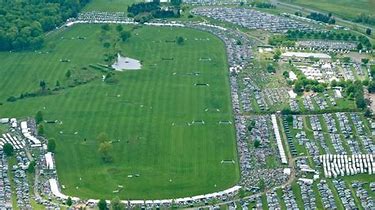
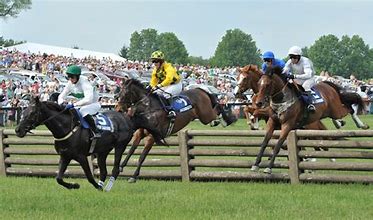
Sadly, further north, the Canadian interest in racing is limited to flat racing and harness racing, whilst the further south you go, the more novel horse racing becomes. There are courses sporadically throughout central and South America, mostly with quarter horse and thoroughbred flat racing. The British-originated traditions of steeplechasing never reached this far through a combination of ground conditions and competition from other ambitious European powers like Spain, Portugal And France, whose imperial reach was stronger than ours in this neck of the woods.
Next…. Australia, New Zealand and Japan


